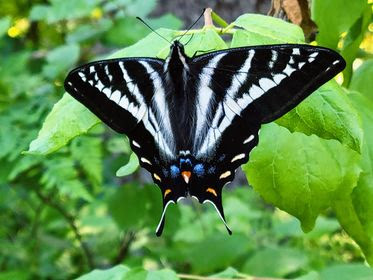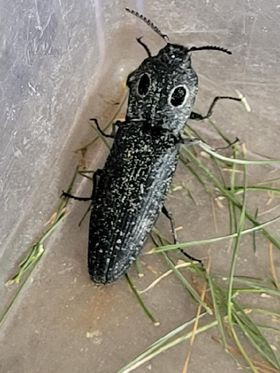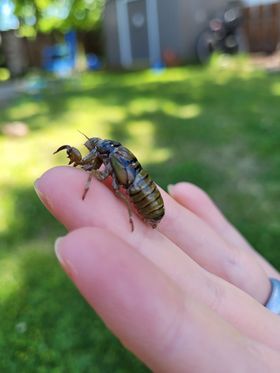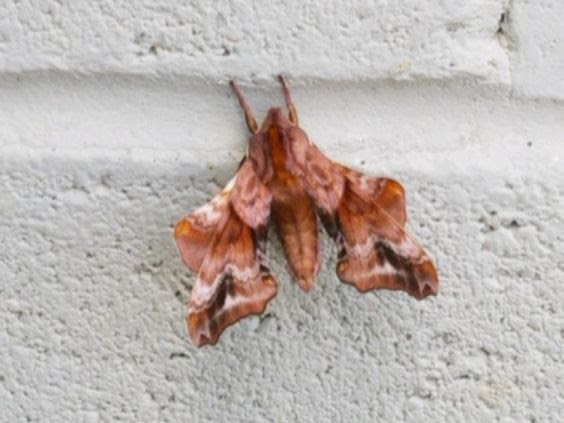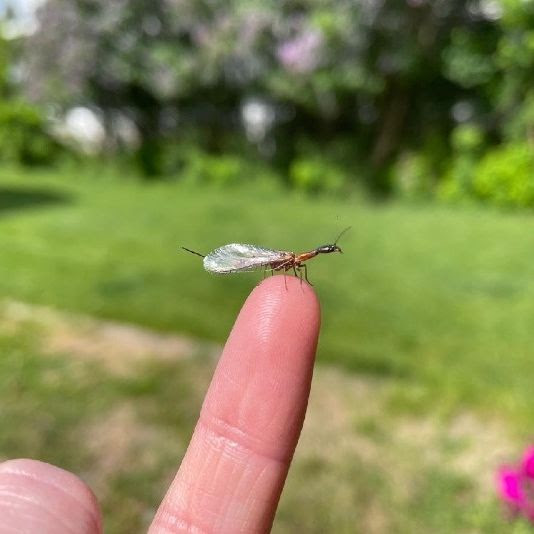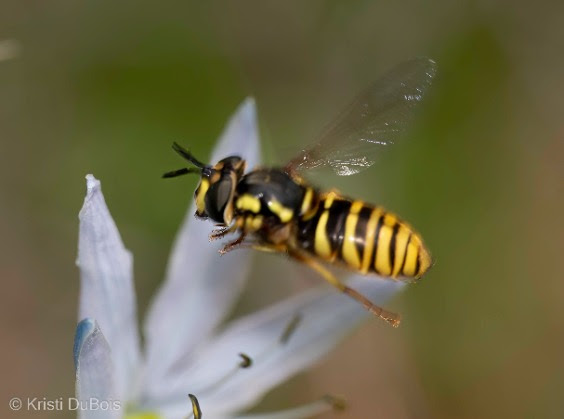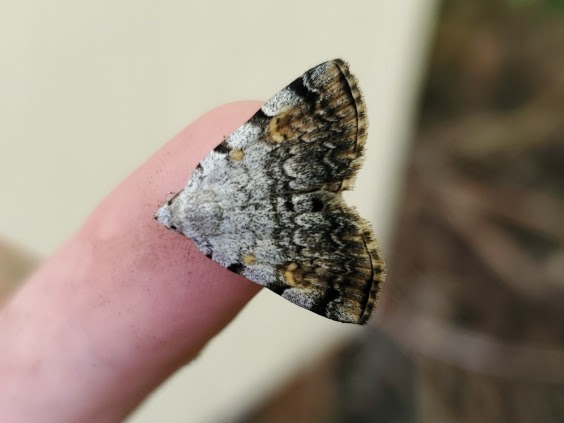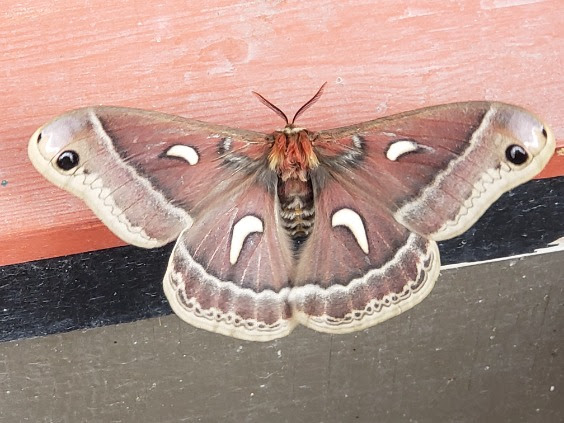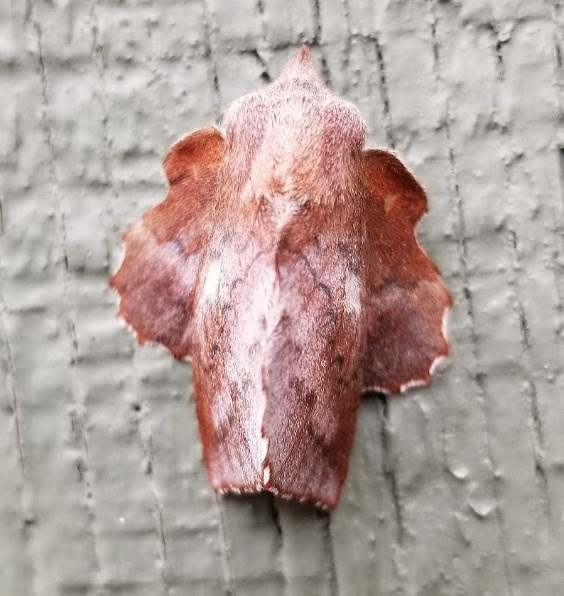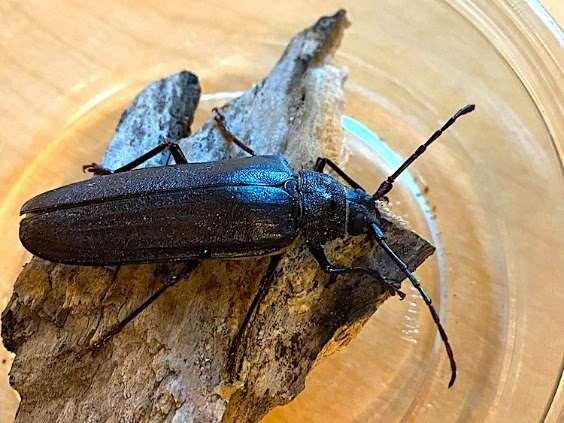Havilah shares, “Camping along the Lochsa and these were swarming around us!” What a cool experience! The Pale Swallowtail is the only whitish (off-white to rich oucre) and black swallowtail […]
Read MoreArticles by: Butterfly House
Western Eyed Click Beetle (Alaus melanops)
“Two Emmas combined their buggy skills for this Western Eyed Click Beetle today. Emma O spotted it at the school in Lolo, Emma R snapped a picture of it!” These […]
Read MoreCicada Nymph (in the family Cicadidae)
We’ve only ever found the shed exoskeletons of the nymphs before. Never the living thing. Cicada nymphs generally spend all of their time underground, where they tap into roots and […]
Read MoreSmall-eyed Sphinx Moth (Paonias myops)
The name of this sphinx moth is a bit misleading. The moth has normal eyes, not small at all, but the eyelike spots on the hindwings could be considered small. These handsome […]
Read MoreSnakefly (order Raphidioptera)
These beautiful and seemingly elusive insects get their name from the long “neck” of the adults (part of their thorax). You can tell it is a female from the long […]
Read MoreMeadow Fly (genus Chrysotoxum)
At first glance, this Meadow Fly could be mistaken for a yellowjacket. Despite its wasp-like markings, there are characteristics that give it away: short antennae, large, forward-facing “fly eyes,” and […]
Read MoreAmerican Idia Moth (Idia americalis)
Karen discovered two of these moths resting under the lid of her compost tumbler. One flew to a nearby tree and demonstrated how effective its camouflage is, practically disappearing on […]
Read MoreGlover’s Silkmoth (Hyalophora columbia gloveri)
Minnette and her daughter Emma, an enthusiastic bug hunter, spotted this beauty while they were shopping at Caras for some new plants! The Glover’s Silkmoth can be found on both the eastern and western slopes […]
Read MoreAmerican Lappet Moth (Phyllodesma americana)
These moths look almost pettable, with their thick long scales. Besides their “fur,” you may notice how they hold their wavy-edged, gray and rust-colored wings at rest. The forewings are […]
Read MorePonderous Borer or Pine Sawyer (Trichocnemis spiculatus)
Ponderous Borers can be found in forested areas of Douglas fir and ponderosa pine (their principle hosts) throughout the Rocky Mountain region. Females lay eggs in cracks of suitable logs […]
Read More